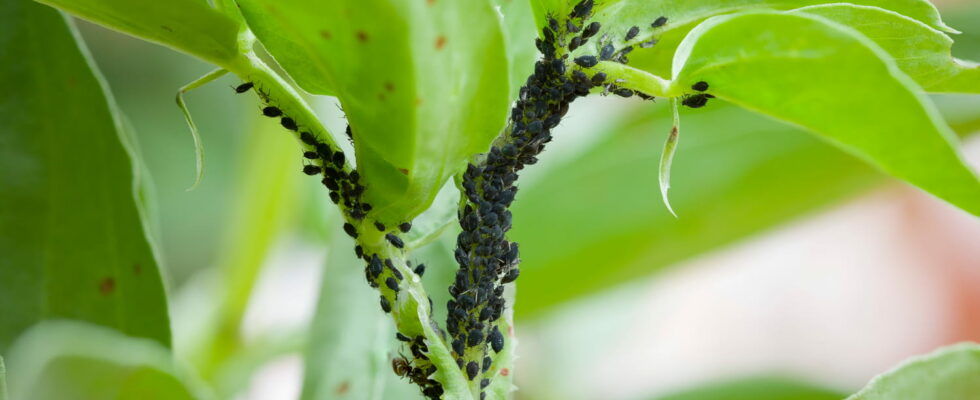This ingredient found in the kitchen works miracles to protect your plants from pests.
Having a garden is a blessing, but when little creatures start to invade the plants, it can quickly become a nightmare. If gardening is a pleasant activity, pest control constitutes a real challenge for gardeners. And yet, it is a problem that must be taken seriously because small creatures such as slugs, aphids, mealybugs and other pests can wreak havoc on your plants, flowers and the vegetable garden. They prevent plantations from developing, and can even completely destroy them.
There are of course many products sold commercially to combat these parasites, but they all or almost all contain chemicals. If you are a fan of ecological gardening, you are probably wondering how to protect your plants from pests in a natural way. The answer may be surprisingly simple and inexpensive, thanks to an ingredient you may already have in your kitchen: starch.
Starch, which is mainly found in potatoes, corn and rice, is a natural and easily accessible substance which is purchased commercially in the form of corn starch (the famous “Maizena”) or potatoes for example. It can serve as an effective natural defense against many parasites as well as certain types of fungal diseases.

Starch works in several ways to protect plants from pests. First, it forms a physical barrier on leaves and stems. When parasites come into contact with this starch layer, their movements are hampered, reducing their ability to feed and reproduce. Also, starch will disrupt the respiratory system of pests, but also alter the microclimatic environment on the surface of plants. By absorbing moisture, it makes conditions less favorable for the survival and proliferation of many parasites.
How to use it ? Applying starch is simple and can be done in different ways. The most common method is to dilute cornstarch or potato starch in water and then spray this mixture onto the plants using a spray bottle. Make sure the solution is fine enough to avoid clogging the sprayer. A thin layer of starch is thus deposited on plant surfaces, offering immediate protection.
It is recommended to apply this spray in dry weather and repeat this application after rain, as water can wash away the starch, decreasing its effectiveness. It is important not to apply too thick a layer of starch, as this could hinder plant photosynthesis.
